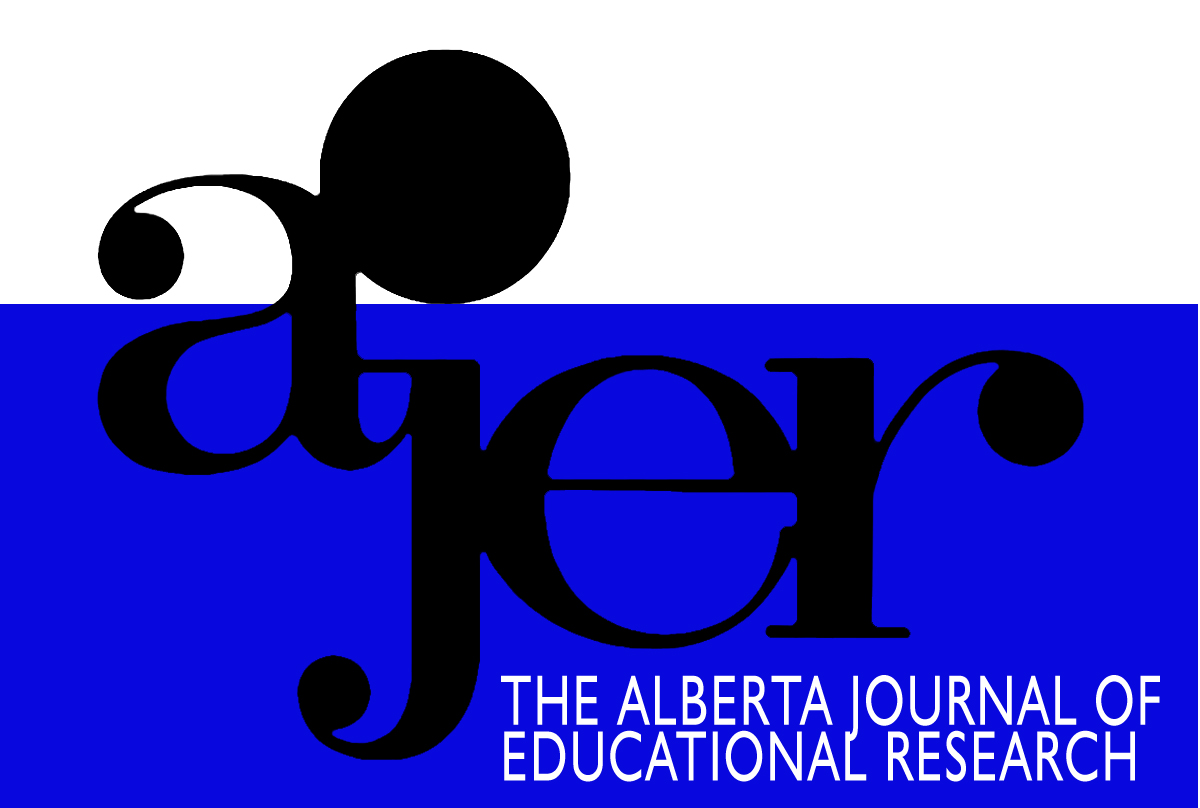Reconciliation of Philosophical Perspectives to Address Autoethnographic Methodological Concerns
DOI:
https://doi.org/10.55016/ojs/ajer.v66i4.56992Abstract
An instance of editorial work was found to address methodological issues at the juncture of autoethnography and narrative inquiry. The particular case is reported because it addresses the conceptual basis of known methodological issues. The case involved interactions between a chapter author and editors of a book as well as between the editors. Although the chapter was autoethnographic as initially submitted, through the use of research-oriented open-ended questioning, the editors engaged with the author causing the author to gain a deeper insight and richer narrative regarding his own experience. The result bridges the gap between autoethnography and narrative inquiry. Interactions between the editors were directed at providing constructive support while leaving ownership of the narrative with the author. The process has features overlapping and distinct from duoethnography. An empirical explanation is proposed through the reconciliation of philosophical stances of the author and editors.
Key words: Autoethnography, narrative inquiry, emergent design, duoethnography, editorial methodology
Un exemple de travail éditorial a permis d’aborder des questions méthodologiques à la jonction de l’autoethnographie et de l’enquête narrative. Le cas particulier à l’étude porte sur la base conceptuelle de questions méthodologiques connues. Le cas implique des interactions entre l’auteur d’un chapitre et les éditeurs d’un livre, ainsi que des interactions entre les éditeurs. Bien que le chapitre ait été autoethnographique lors de la soumission initiale, l’emploi par les éditeurs de questions ouvertes axées sur la recherche et communiquées à l’auteur lui a permis d’arriver à des connaissances approfondies et à un récit enrichi relativement à ses propres expériences. Les résultats jettent un pont entre l’autoethnographie et l’enquête narrative. Les interactions entre les éditeurs visaient à apporter un appui constructif tout en permettant à l’auteur de conserver son récit. Certaines caractéristiques du processus chevauchent la duoethnographie; d’autres s’en distinguent. Nous proposons une explication empirique née de la réconciliation des positions philosophiques de l’auteur et des éditeurs.
Mots clés: autoethnographie, enquête narrative, modèle émergent, duoethnographie, méthodologie éditoriale
Downloads
Downloads
Published
How to Cite
Issue
Section
License
UNIVERSITY OF ALBERTA COPYRIGHT LICENSE AND PUBLICATION AGREEMENT
If accepted, authors will be asked to sign a copyright agreement with the following points:
A. Where there is any inconsistency between this Copyright License and Publication Agreement and any other document or agreement in relation to the same subject matter, the terms of this Agreement shall govern.
B. This document sets out the rights you are granting in relation to publication of your article, book review, or research note entitled (the “Article”) through inclusion in the academic journal titled Alberta Journal of Educational Research (the “Journal”) published through the Faculty of Education, representing the Governors of the University of Alberta (the “Journal Editor”).
C. There will be no payment to you for this publication and grant of rights. In consideration of the agreement to publish the Article in the Journal:
1. You are warranting that:
- the content of the Article is your original work, and its content does not contain any material infringing the copyright of others; or, where the Article is not entirely your original work, you have obtained all necessary permissions in writing to grant the rights you are giving in this agreement;
- the content of the Article does not contain any material that is defamatory of, or violates the privacy rights of, or discloses the confidential information of, any other person;
- the Article has not been published elsewhere in whole or in part, and you will not allow publication of the Article elsewhere without the consent of the Journal Editor;
- the names of all co-authors and contributors to the Article are:
2. You agree to license the copyright in the Article to the Journal Editor, on a worldwide, perpetual, royalty free basis; and to the extent required by the terms of this agreement. You shall retain the right at all times to be acknowledged as the/an author of the Article.
3. You further agree that the Journal Editor has the entitlement to deal with the Article as the Journal Editor sees fit, and including in the following manner;
- The right to print, publish, market, communicate and distribute the Article and the Journal, in this and any subsequent editions, in all media (including electronic media), in all languages, and in all territories, ing the full term of copyright, and including any form of the Article separated from the Journal, such as in a database, abstract, offprint, translation or otherwise, and to authorize third parties to do so;
- The right to register copyright of the Journal;
- The right to edit the Article, to conform to editorial policy as the Journal Editor sees fit.
4. If any co-author or contributor to the Article does not sign this agreement, the Journal Editor reserves the right to refuse to publish the Article.



